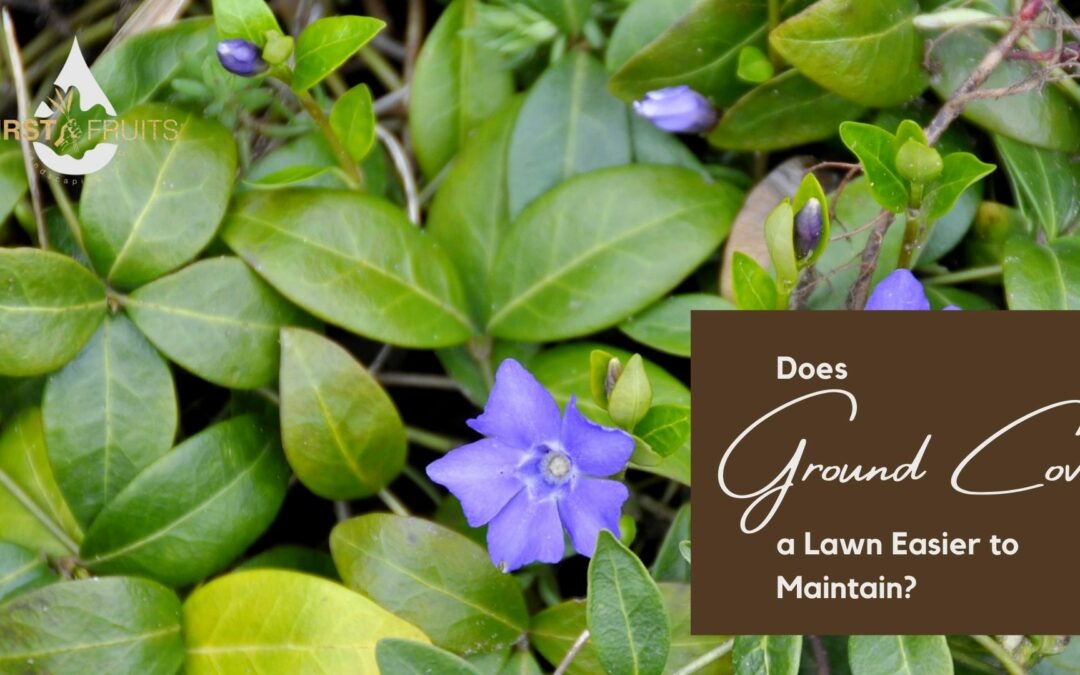While the most common ground cover used in a yard is grass, many businesses and homeowners choose to plant low-maintenance shrubs and flowers as ground cover to minimize weeds and save time. But is this really a fact or a horrible fallacy?
Read more: A Wildflower Lawn instead of Grass
Many ground cover plants are too vigorous and take over their space and then some. While spreading can be nice, it can also become a nuisance, especially if it takes over a walkway or requires edging to keep it in the planned landscape area. If it is a prolific spreader, you may be met with the need to weed, just to keep it contained in your desired space.
How Low is Low Maintenance?
Low maintenance can be a selling term but really, low maintenance doesn’t speak to how often the plant must be watered. This can require more watering than the rest of the grass, demanding watering times to be adjusted for the ground cover to survive. Add to it that some plants need sun, and some prefer shade. You must factor in these needs, or you could have a gangly slow-growing eyesore rather than the blooming beauty you were counting on. Ground cover competes for the water and fertilizer other plants need to thrive in their space, as well.
Read More: How Often Should You Water Your Lawn?
Ground Cover Reduces Pests
Garden pests such as snakes, slugs and snails often make their homes in ground cover. Many areas, especially in the Pacific Northwest, become snail and slug breeding grounds. These pests damage ornamentals and other desirable foliage. They can also do a lot of damage to tiny seedlings. Viny ground cover can house mice and other small rodents, which become household pests when left untreated.
If you have considered the advantages and disadvantages of using ground cover in your landscape, and still opt to plant it, be sure to select it carefully to not over-run the vegetation you want to grow. The best time to plant is Spring and it will be necessary to weed often until the ground cover is well established and can begin to assist in preventing weeds to grow in the selected space. Reading the spacing requirements will be important to maximize the spreading without causing plants to choke each other out.
And finally, avoid aggressive or invasive ground cover plants. No amount of borders and edges will keep them in and if they take off, you’ll be stuck ripping them out for years to come.

